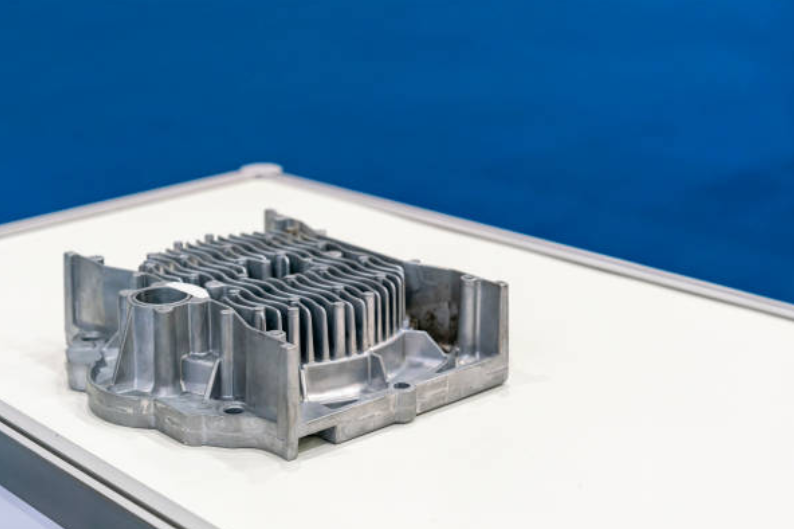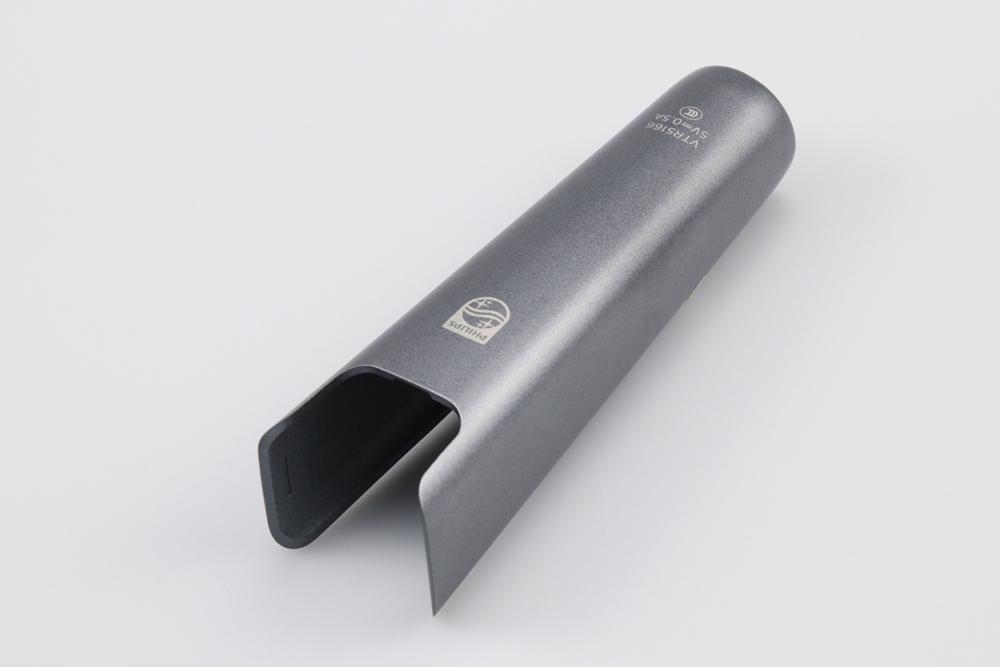What are the main challenges in achieving flawless aluminum die-casting finishes?
Producing flawless surface finishes on aluminum die-cast components requires balancing process precision, material quality, and post-treatment control. Even minor inconsistencies in casting or finishing parameters can compromise adhesion, uniformity, or corrosion resistance. Understanding these challenges helps manufacturers ensure both aesthetic and functional excellence.
Surface Porosity and Gas Entrapment
One of the most common issues is porosity, which occurs when trapped gases or shrinkage voids form within the casting. These microscopic defects can cause bubbling or blistering during anodizing or powder coating. To reduce this risk, foundries carefully control injection speed, die temperature, and venting systems while applying degassing treatments before finishing.
Impurities and Surface Contamination
Contamination from lubricants, oxides, or residues affects coating adhesion and appearance. Pre-cleaning and passivation are crucial for removing surface films that may interfere with treatments such as chrome plating or painting. Maintaining clean handling environments and using dedicated tooling reduces cross-contamination risks.
Uneven Surface Texture and Tool Wear
Tool wear and improper mold release can cause drag marks or flow lines that become visible after polishing or brushed finishes. Regular die maintenance and optimized cooling ensure smooth, uniform casting surfaces. Post-casting preparation steps like sandblasting or tumbling further refine surface texture before coating.
Coating Adhesion and Layer Uniformity
Achieving consistent film thickness and adhesion across complex geometries is another challenge. During PVD coating or powder coating, variations in surface temperature or electrostatic charge can lead to uneven coverage or pinholes. Precise process monitoring and automated application systems help maintain uniformity.
Heat Treatment and Dimensional Stability
Thermal cycles during heat treatment can cause warping or residual stress if not properly controlled. Maintaining balanced temperature gradients and controlled cooling rates ensures dimensional accuracy, particularly for parts with tight tolerances used in automotive or aerospace applications.
Complex Geometries and Fine Details
Intricate castings with thin walls or deep recesses present coating accessibility challenges. Advanced simulation tools and optimized fixture design during finishing operations help guarantee even exposure to coatings, ensuring flawless protection and appearance.



